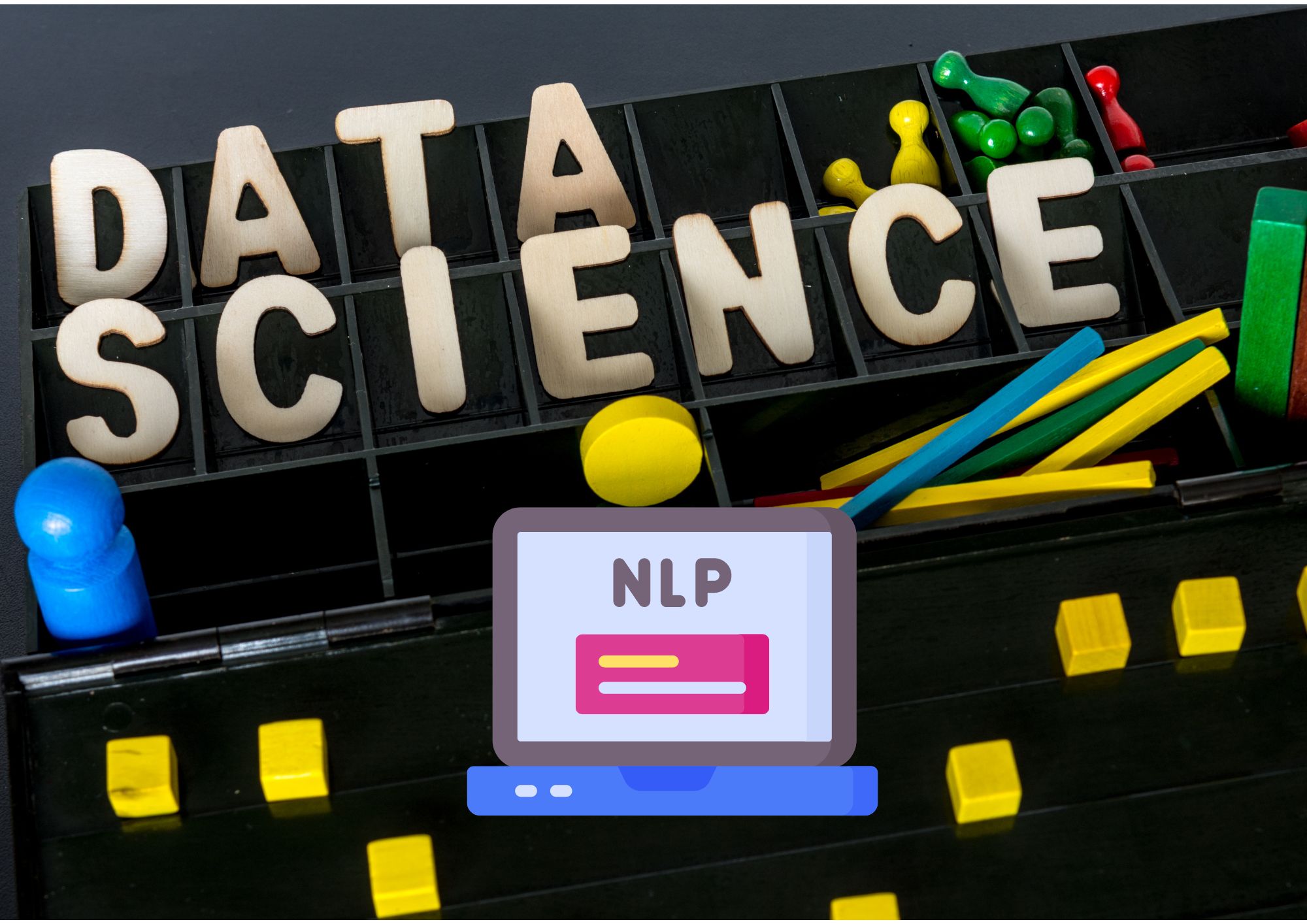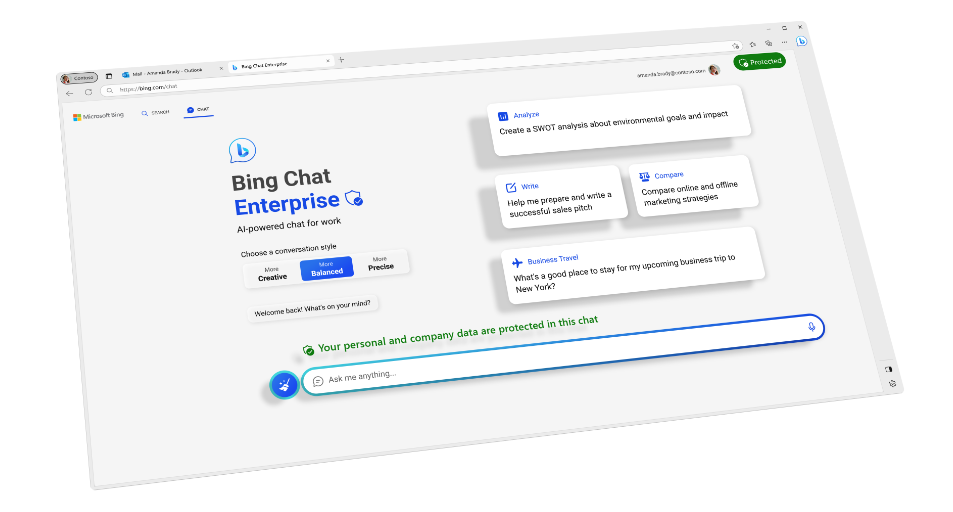Natural Language Processing (NLP) is revolutionizing the world of Data Science by unlocking valuable insights from unstructured text data.
This article delves into the power of NLP in Data Science, covering text analytics techniques, NLP applications, and more. Dive in and learn how to harness the full potential of this exciting technology for your projects! 😃
Text Analytics and NLP
Natural Language Processing is a subset of artificial intelligence (AI) that focuses on enabling computers to understand, interpret, and generate human language.
With the massive growth of unstructured text data, NLP plays a pivotal role in Data Science, allowing for effective analysis and extraction of useful information from large text corpora.
Text analytics is the process of transforming raw text into structured data using NLP techniques.
Example: Consider sentiment analysis, an NLP application that identifies and extracts subjective information from text.
A company could analyze customer reviews using sentiment analysis to identify trends and improve their products or services.
Machine Learning Techniques for NLP
Machine learning algorithms, such as supervised and unsupervised learning, play a crucial role in NLP tasks. These algorithms help train models to identify patterns and make predictions based on textual data.
Fact: Deep learning techniques, like recurrent neural networks (RNNs) and transformers, have significantly improved NLP performance in recent years.
NLP Applications and Use Cases
NLP offers numerous applications across various industries, including:
- Sentiment Analysis: Analyzing customer feedback to understand their preferences and improve products or services.
- Machine Translation: Translating text between languages using NLP techniques.
- Named Entity Recognition: Identifying and classifying entities like names, locations, and organizations within a text.
- Chatbots: Developing conversational agents that interact with users using natural language.
- Text Summarization: Generating concise summaries of large documents or articles.
NLP Tools and Libraries
Several tools and libraries facilitate the implementation of NLP techniques in Data Science projects. Some popular choices include:
- NLTK (Natural Language Toolkit): A comprehensive library for Python, featuring various NLP tasks and linguistic data.
- spaCy: A high-performance NLP library for Python, designed for production use.
- Gensim: A Python library for topic modeling and document similarity analysis.
- BERT (Bidirectional Encoder Representations from Transformers): A pre-trained NLP model by Google that offers state-of-the-art performance on various tasks.
Example: To perform sentiment analysis using BERT, you can use the following Python code snippet:
from transformers import BertForSequenceClassification, BertTokenizer
tokenizer = BertTokenizer.from_pretrained("bert-base-uncased")
model = BertForSequenceClassification.from_pretrained("bert-base-uncased")
Conclusion
Natural Language Processing has become an indispensable tool in the Data Science toolbox, enabling the extraction of valuable insights from unstructured text data.
With a wide range of applications and powerful tools and libraries, NLP continues to push the boundaries of what is possible in data-driven decision-making.
Embrace the power of NLP in Data Science and watch your projects reach new heights!
Thank you for reading our blog, we hope you found the information provided helpful and informative. We invite you to follow and share this blog with your colleagues and friends if you found it useful.
Share your thoughts and ideas in the comments below. To get in touch with us, please send an email to dataspaceconsulting@gmail.com or contactus@dataspacein.com.
You can also visit our website – DataspaceAI


